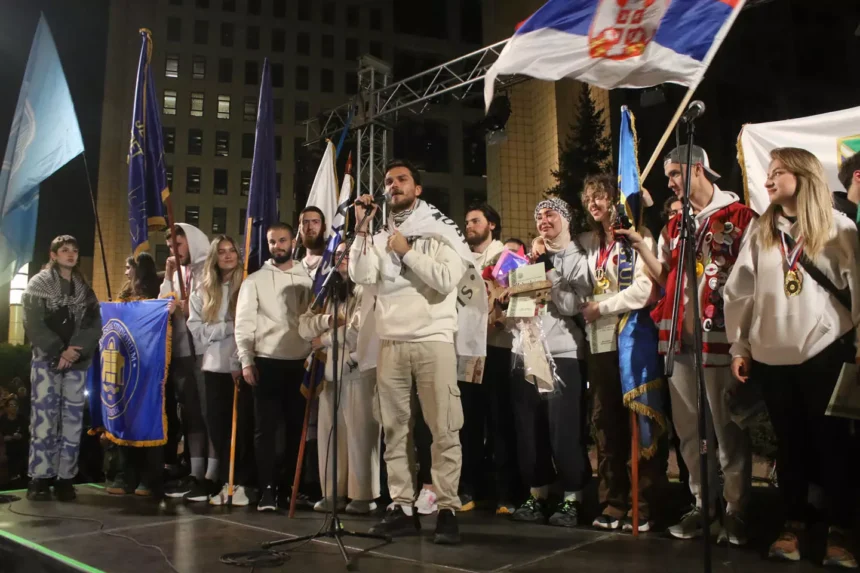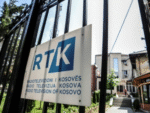The massive gathering of students in Novi Sad, marking the anniversary of last year’s tragedy, has become more than a commemoration — it’s now a symbol of defiance against President Aleksandar Vučić’s regime, as Serbia stands at a crossroads between possible early elections and a potential declaration of a state of emergency.
According to Ivan Stanojević, a lecturer at the Faculty of Political Sciences in Belgrade, the regime is entering its final phase. “This regime has played its last tune. Upcoming research shows that students are now more popular than the ruling SNS, and things are going badly for Vučić,” he said. Yet, he warned that people continue to harbor illusions about the president’s rationality and willingness to act within democratic norms.
“Many believe he’ll soon call elections — but if he can’t secure a majority, his deals collapse,” Stanojević explained. “That’s when we might see ‘creative solutions’ — such as fabricated crises, orchestrated violence, or even the declaration of a state of emergency. We have to be ready to defend our rights — whether through elections, if they happen, or outside of institutions if they are denied to us.”
Possible Snap Elections on the Horizon
In contrast, Professor Dušan Spasojević believes Vučić could still try to escape the political deadlock by calling early elections. “The regime can’t suppress the protests, and the opposition doesn’t yet know how to force elections — so Vučić might use elections as a tactical exit,” he said.
However, he noted that neither the opposition nor the student movement is fully prepared for elections, which the president might exploit. “He’s also working to deepen divisions between the opposition, students, and civil society — a strategy typical for authoritarian systems,” Spasojević added.
“We Are Still Here” — A Message from Novi Sad
The Novi Sad gathering, analysts agree, was both a signal of endurance and unity among regime opponents and a reminder of the government’s declining legitimacy. “It shows the regime hasn’t crushed the movement — and that the people’s energy is far from exhausted,” Stanojević said. “Meanwhile, Vučić’s counter-rallies are embarrassingly small. The illusion of his dominance is fading.”
Students from across Serbia marched for days to reach Novi Sad, greeted by crowds and chants of support. For many, it was a reaffirmation that Serbia’s civil resistance is alive.
Toward a New Wave of Pressure
Both analysts predict a new phase of mobilization following the Novi Sad gathering — what they call a “new cycle of pumping”. With the end of the academic term, students are expected to redirect their energy from exams back to activism, potentially reigniting mass protests nationwide.
“This could mark the beginning of the next chapter,” Stanojević said. “What we’re witnessing is the emergence of a new civic Serbia — decentralized, engaged, and unwilling to be silenced.”







